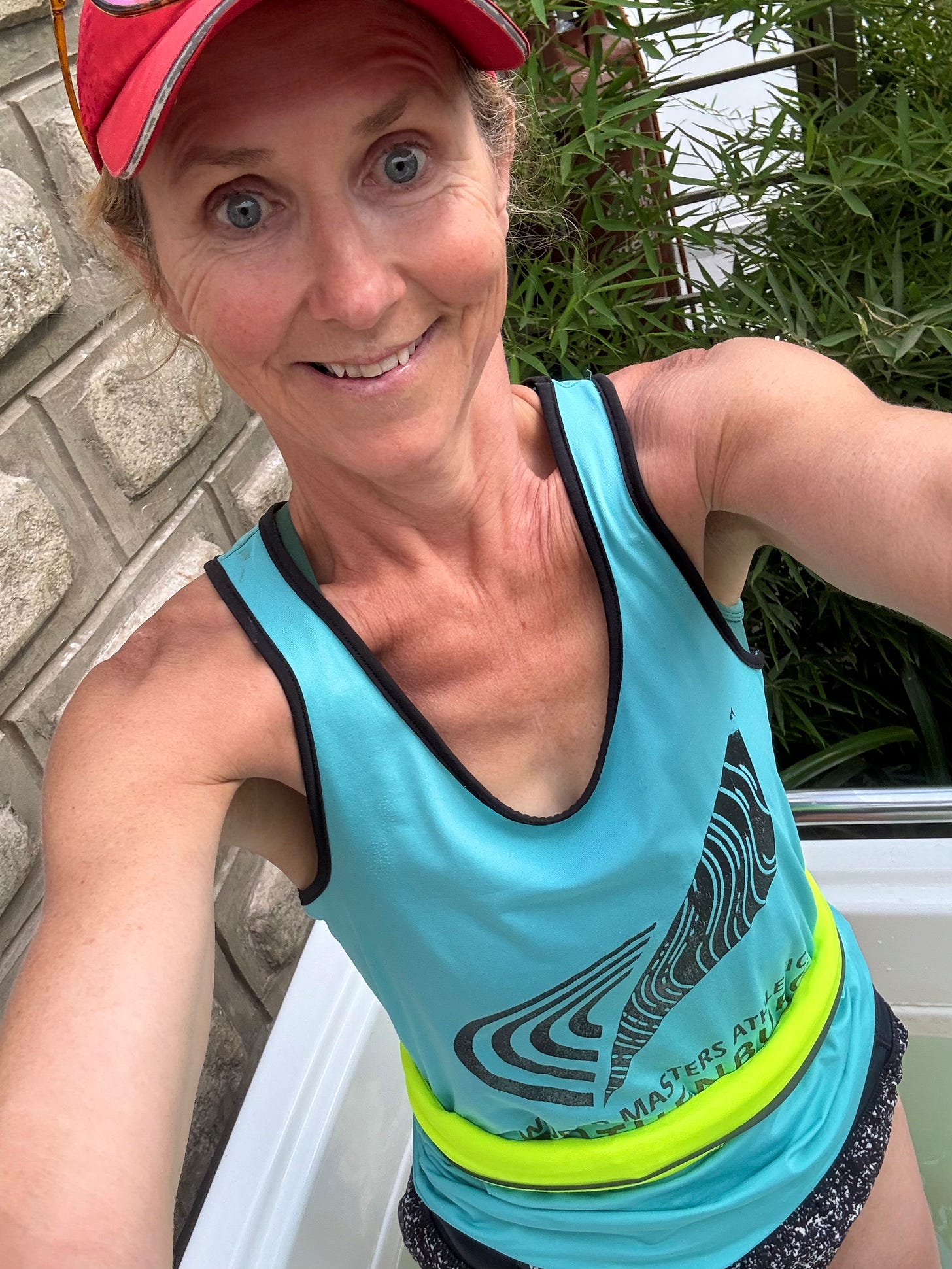7 Running lessons from Kenya: Injury
Putting injury into perspective, planning and recovering
I’ve had a few days off writing and running. But training and work have continued and the regular tempo of my Kenyan life continues — passing by a little too fast for my liking. Days are spent working, writing, running or going to the gym, and evenings watching film classics, White Mischief and Out of Africa on the laptop (spread over a number of nights as we’re usually crashed out by 9pm). These films are an indulgence allowing for even more immersion into the Kenyan backdrop red, dusty, smouldering with the now familiar soundtrack of unknown birds and monkeys…
My ankle/inflammation in the lower part of my shin isn’t getting worse after returning to running today, so I’m happy. With some patience, and holding back from speed and too much volume, it is fixing.
I’ve been chatting to Emmanuel and thinking lots about niggles, injury and about being a runner, here’s what I’ve discovered.
Injury is part of a runner’s life – “these are the challenges we face as athletes” said Emmanuel as we chatted on What’s App. As a recreational athlete I always apply perspective to my running woes, and realise the impact on professional athletes is so much worse. I was sad to read that British hopeful Emile Cairess, 27, has been ruled out of the London Marathon where he was hoping to have a go at Mo’s record of 2.05. Like me he’s got an ankle injury, but unlike me he’s 30 years younger and a marathon runner at his peak. He will of course be back… which brings me to the next point…
Injury isn’t permanent – this was something Emmanuel said this morning. Obviously there are some injuries that do put people out for good, but for the most part injuries can be fixed. It takes patience, ice, rest and a longer term approach.
How you respond is what matters (mindset) – I think this is at the crux of it all. In the past I’ve responded by pushing on through, ignoring advice from the physios and more importantly ignoring the signals from my body, shouting, ‘stop’. The most recent result of this approach was last year, two weeks off the Brighton Marathon, running a Parkrun when my ankle felt like it does now. It resulted in a limp home and a grade two sprain and no running for four weeks.
Ice, ice baby – ice does the trick. At Swiss Side we’re lucky enough to have a cryotherapy tank, to dip into, after washing off the dust from the run. Three minutes of pins and needles and frozen feet works. A bag of peas or tip in the sea would be just as effective. Ice numbs the pain, but is also effective at speeding up any reduction in swelling and inflammation. Here in Iten, it’s a popular destination for elite runners, and I’ve often walked past the ice bath to spot three plus skinny runners standing and shivering. Of course, sports science doesn’t always support tried and tested ways to heal, but for me, there’s something about numbing the pain that makes it feel better! Here’s a study offering an alternative viewpoint: https://journal.parker.edu/article/120141-the-efficacy-of-icing-for-injuries-and-recovery-a-clinical-commentary.
Massage – In addition to these 7 secrets to Kenyan success in running is massage. All the camps here in Iten offer massage as a key part of the weekly schedule. Whilst here I’m having two massages a week, and my body is thanking me for it. Like icing, massage can help boost the circulation and reduce inflammation. And on top of that, it just feels great. The ultimate counter to pounding the pavements is to lie flat and let an expert knead your achy muscles, pull arms, fingers and toes from sockets so they click and stretch hamstrings, quads and calves.
Strength and conditioning – For me, and many other runners, this is the boring but essential part of anyone’s training. Discussing this at breakfast this morning I told the others how running suits me as I’m an instant gratification kind of gal. I’m not proud of this, it’s just the way I am. It’s part of the reason I’ve loved journalism, there’s the instant buzz of an idea, getting it commissioned, writing and moving onto the next big thin. For me, running provides an instant high – strength and conditioning in the gym, does not. At breakfast a fellow runner talked through his plantar fasciitis experience. It took him out for eight months. But stopping and resting, and doing the exercises his chiropractor prescribed meant the second time it happened it took four months to recover. Now he feels he’s healed.
The missing mesocycle – When I coached runners full time, I used the simple model of planning the macrocycle (one to three years) which would include the big races, life events, work etc; the mesocycles, usually one to three months, which might for a marathon include base building, speed endurance, strength, speed; and the microcycle, which would be between 7 to 10 days, a weekly running plan. Looking back on my life as a runner, I think it would be wise to include an injury/niggle mesocycle, anything from two weeks to three months or more, when your body needs to fix itself. These ‘contingency mesocycles’, are as Emmanuel pointed out, part of an athlete’s life. Like rest, time out to repair is often ignored, but factoring it in, and allowing it to be part of your longer term training is probably a good approach if you want to run for life.






Great injury advice and an article I’ll refer back to for sure! Hope your recovery continues!